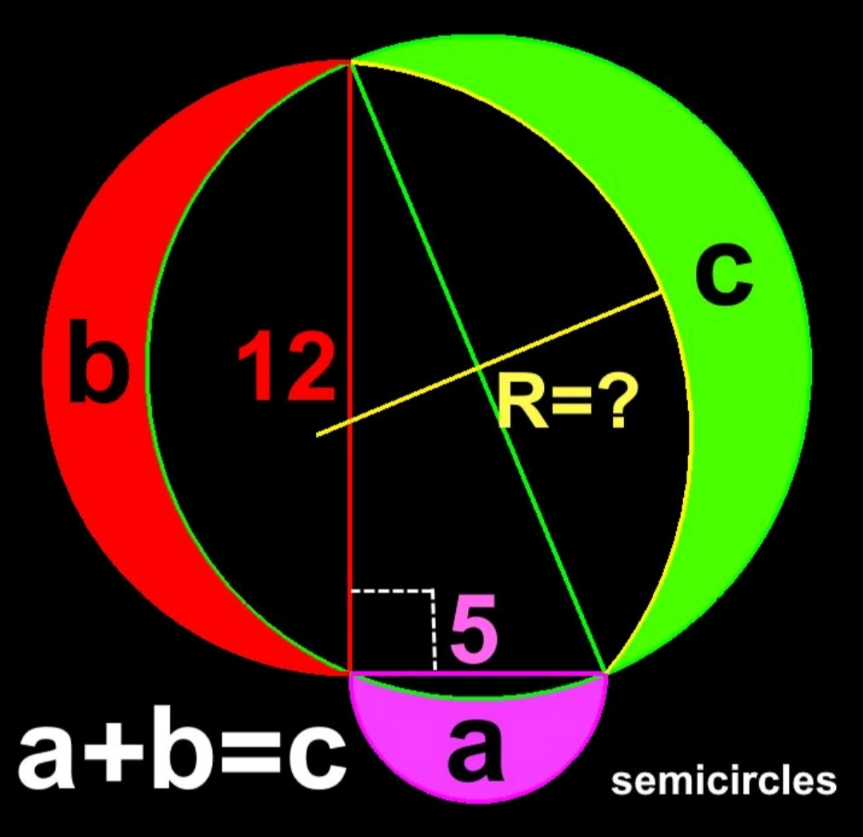
AllQuestion and Answers: Page 267
Question Number 194971 Answers: 1 Comments: 2

Question Number 194968 Answers: 2 Comments: 0

Question Number 194967 Answers: 1 Comments: 0

Question Number 194963 Answers: 2 Comments: 0

Question Number 194961 Answers: 1 Comments: 0

Question Number 194960 Answers: 1 Comments: 0
Question Number 194975 Answers: 0 Comments: 6
$$\int\frac{\mathrm{1}}{\boldsymbol{{x}}^{\mathrm{5}} +\mathrm{1}}\boldsymbol{{dx}} \\ $$
Question Number 194953 Answers: 1 Comments: 0
Question Number 194952 Answers: 1 Comments: 0
Question Number 194942 Answers: 2 Comments: 2
Question Number 194939 Answers: 0 Comments: 0

Question Number 194938 Answers: 0 Comments: 0

Question Number 194937 Answers: 1 Comments: 0
Question Number 194931 Answers: 2 Comments: 0

Question Number 194930 Answers: 0 Comments: 1
Question Number 194928 Answers: 1 Comments: 0
Question Number 194903 Answers: 1 Comments: 1

Question Number 194915 Answers: 2 Comments: 4
Question Number 194914 Answers: 2 Comments: 0

Question Number 194913 Answers: 2 Comments: 0

Question Number 194899 Answers: 1 Comments: 0

Question Number 194900 Answers: 1 Comments: 0
Question Number 194896 Answers: 1 Comments: 0
Question Number 194891 Answers: 1 Comments: 0
Question Number 194888 Answers: 1 Comments: 0

Question Number 194887 Answers: 1 Comments: 0
Pg 262 Pg 263 Pg 264 Pg 265 Pg 266 Pg 267 Pg 268 Pg 269 Pg 270 Pg 271
